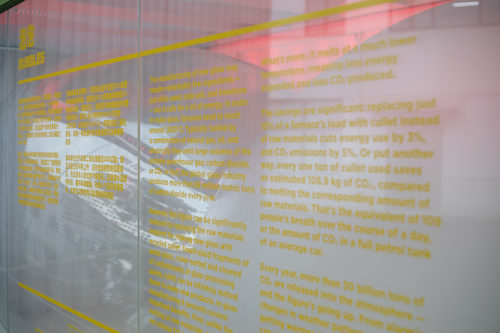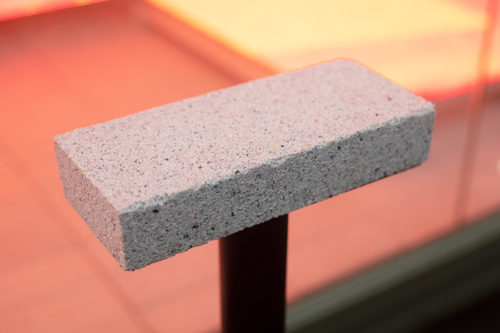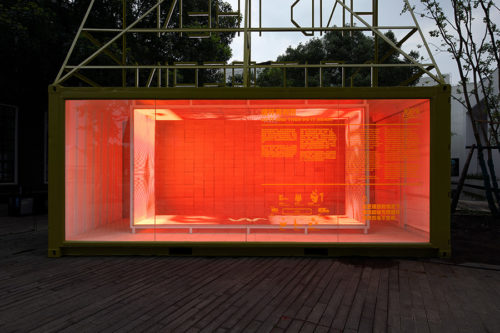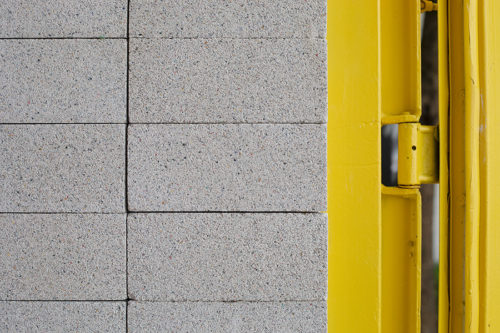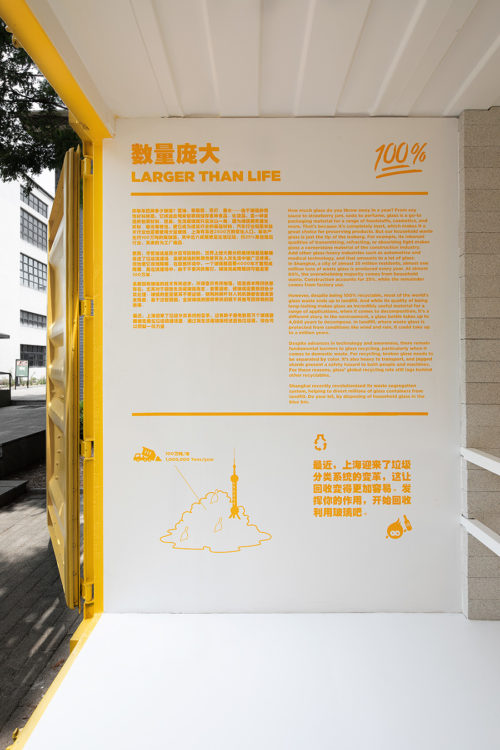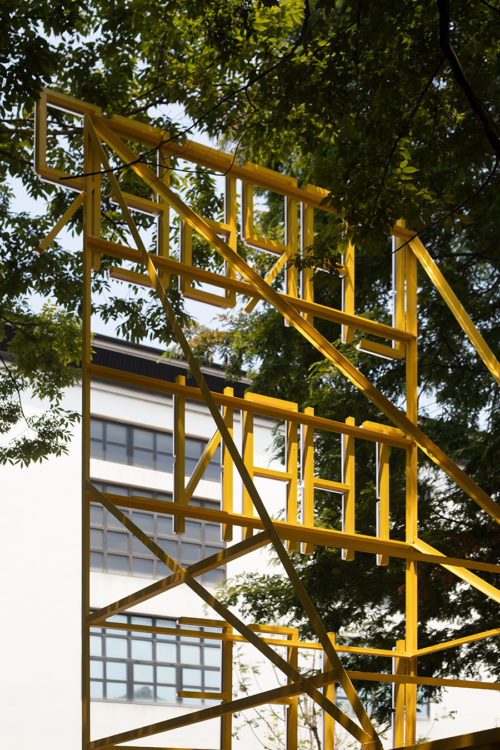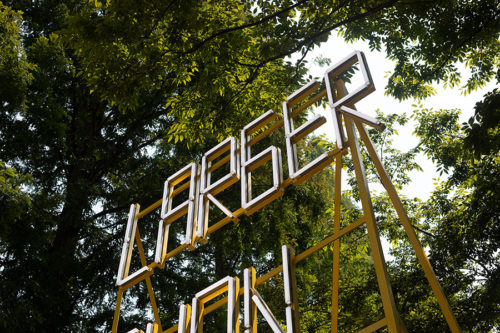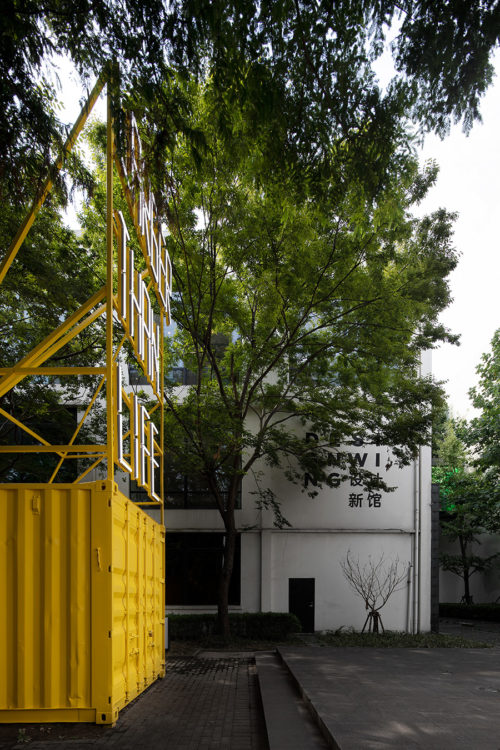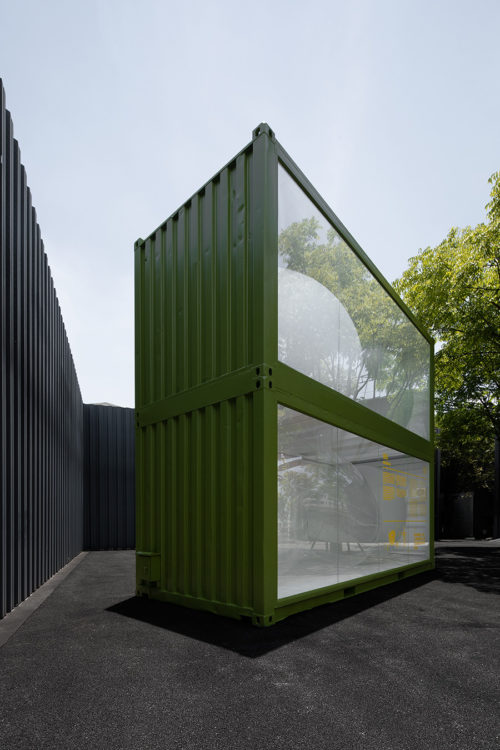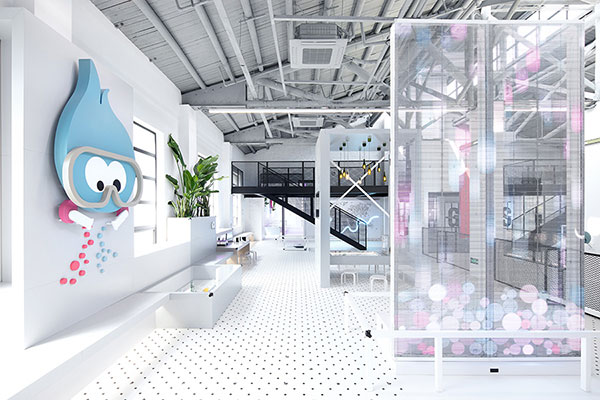100%
A new exhibition at Shanghai Museum of Glass will examine the sustainability potential of glass. Titled 100%, the exhibition’s multimedia installations will invite visitors to explore the environmental benefits of recycling glass, the process behind this energy-efficient circular economy, and how artists and designers elevate waste glass from trash to treasure.
Glass is the only material that can be 100% recycled with zero loss of quality. The environmental implications are significant, and manufacturing new products from waste glass — called cullet saves energy at every step of the supply chain. First, it negates the need for the mining and transportation of the key natural resources that go into making new glass. In melting these core ingredients (essentially silica sand, soda ash, and limestone) furnaces must reach 1,600°C. However, when producing glass from cullet this temperature is lower, saving around 42 kWh per ton of glass. The reduction translates to considerably less CO2 released into the atmosphere than the resultant emissions from making new glass from raw materials. Given that the greenhouse gas is the principle driver of climate change, this decrease alone makes recycling glass something every single one of us should be doing.
Another important environmental benefit of recycling glass is linked to one of the material’s most prized attributes: its durability. In the environment, waste glass can take thousands of years to decompose. In landfill, where it is protected from wind and rain, it can take up to a million years. By recycling in a closed-loop system we can divert glass from landfill where it takes up considerable amounts of valuable space.
Despite the compelling reasons for recycling glass, currently less than a quarter of the total material produced globally gets recycled. Obstacles include its potential for harming both machine and human workers in processing facilities, as well as challenges and costs surrounding treatment processes such as color separation. Lack of awareness is also a barrier to better and more widespread glass recycling, and the 100% exhibition aims to inspire museum goers as to the innate circularity of glass, and its planet-changing potential.
As well as educating visitors on the science and technology of glass recycling, the exhibition looks to how artists and designers find inspiration in pre-used glass. As a medium, upcycled glass materials can be a powerful tool for communicating messages around everything from sustainability and the environment, to circularity and the passing of time.
The bricks, used inside the five containers of 100%, are made of glass waste and recycled ceramics from Shanghai Museum of Glass and Jingdezhen. The bricks are a special edition of the award- winning product YiBrick by Yi Design. Each year, the glass making studios at Shanghai Museum of Glass produce around 1,250 kg of glass waste. Each brick contains 0.14 kg of recycled glass. In total there are 4824 bricks used for the containers, which equals 675.36kg of repurposed glass waste, or more than 50% of the yearly waste production. After the end of the exhibition 100%, the bricks will be repurposed and used as construction material inside the museum.
In keeping with the exhibition’s focus on sustainability, 100% is a proudly zero-waste showcase. Exhibits comprising installations and digital elements will occupy a series of shipping containers already owned by Shanghai Museum of Glass, which will be dotted throughout the park. The containers will house predominantly pre- existing materials, as well as modular components to be used for future projects. The outdoor nature of the exhibition is a nod both to public health concerns, as well as the environment we share and protect through careful recycling.
100% signals Shanghai Museum of Glass’ commitment to the past, present, and future of glass. Housed in a former glass factory, since its inception in 2011 the institution has been engaged in showcasing the material’s potential across art, design, science, architecture, and more. Through living elements including artist studios, residencies, and workshops, the museum supports contemporary makers, as well as the next generation of creative glass professionals. With 100%, the museum cements its support for the broader and multifaceted glass industry in realizing its potential for steering society towards more sustainable lifestyles through glass.
Type:
Exhibition
Location:
Shanghai Museum of Glass Park
685 West Changjiang Road,
Baoshan District,
Shanghai, China
Assignment:
Idea
Content Development
Concept Design
Graphic Design
Detail Design
Construction Supervision
Extent:
1,000 m2
Year:
2022
Team:
Tilman Thürmer
Liu Siyi
Dave Keohane
Frances Arnold
Yichun Chen
Bon Wen
Client:
Shanghai G+ Culture Creative Development Co., Ltd
Photo:
COO

Related Projects




